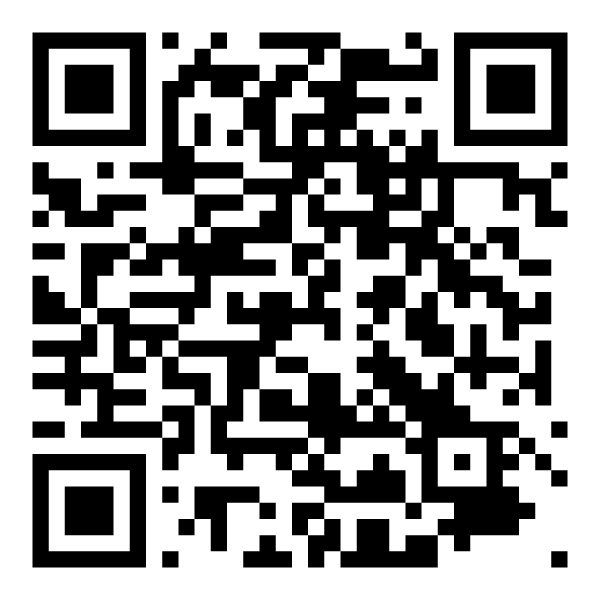Scientists continually explore precise manipulation of microscopic objects. Recent advances in optical, optoelectronic, acoustic, and magnetic tweezers have revolutionized micro-nano manipulation research. Today, we examine their principles, strengths, limitations, and applications.
I. Optical Tweezers
Principle: Uses laser radiation pressure to trap particles. Focused lenses create high-intensity gradient fields that push particles toward focal points.
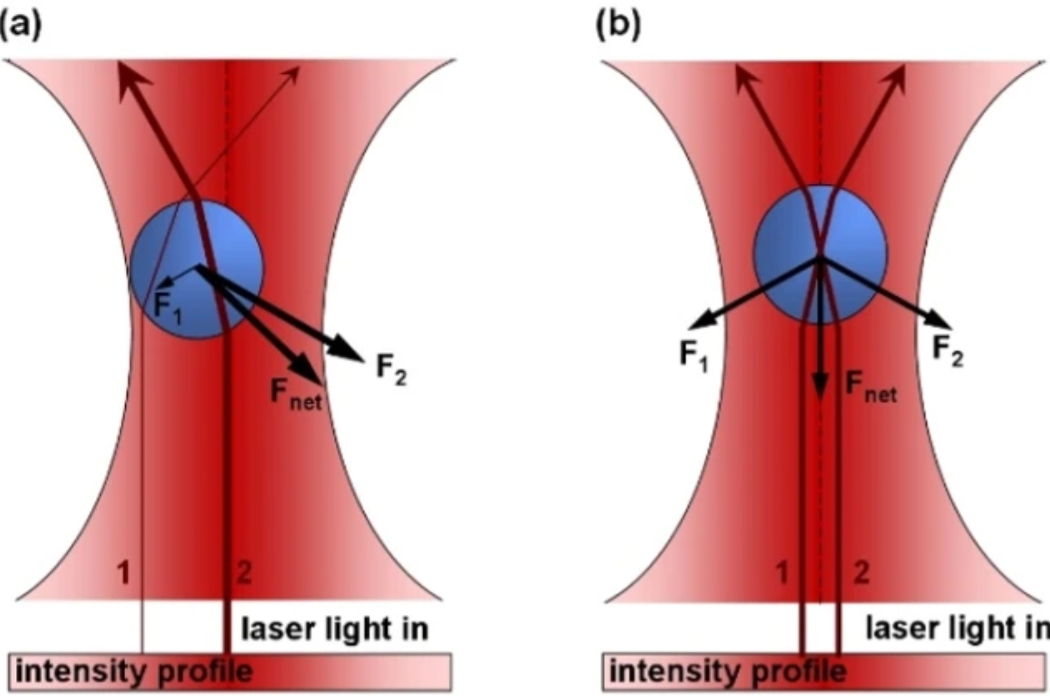
Optical Tweezer Schematic Diagram
Nobel Prize in Physics 2018

Arthur Ashkin - 2018 Nobel Physics Laureate for Optical Tweezer Technology
| Advantages | Limitations |
|---|---|
| Non-contact (prevents damage) | Limited to transparent particles |
| Nanoscale precision | Requires light-absorbing materials |
| Broad applications | Force range: piconewton-scale |
Applications: Cell biology, DNA manipulation, nanomaterials research.
II. Optoelectronic Tweezers (OET)
Core technology of OptoSeeker
Principle: Combines optical and electric fields to manipulate particles via light-induced dielectrophoresis.

Optoelectronic Tweezers (OET) Schematic and Functional Chip
Figure source:Optoelectronic tweezers: a versatile toolbox fornano-/micro-manipulation.《Chemical Society Reviews》
| Advantages | Limitations |
|---|---|
| Universal (cells/metals/ceramics) | Complex instrumentation |
| Higher force (nanonewton+) | Requires specialized chips |
Applications: Nanotechnology, biomedicine, materials science.
See Prof. Zhang Shuailong’s OET research at OptoSeeker R&D Center.
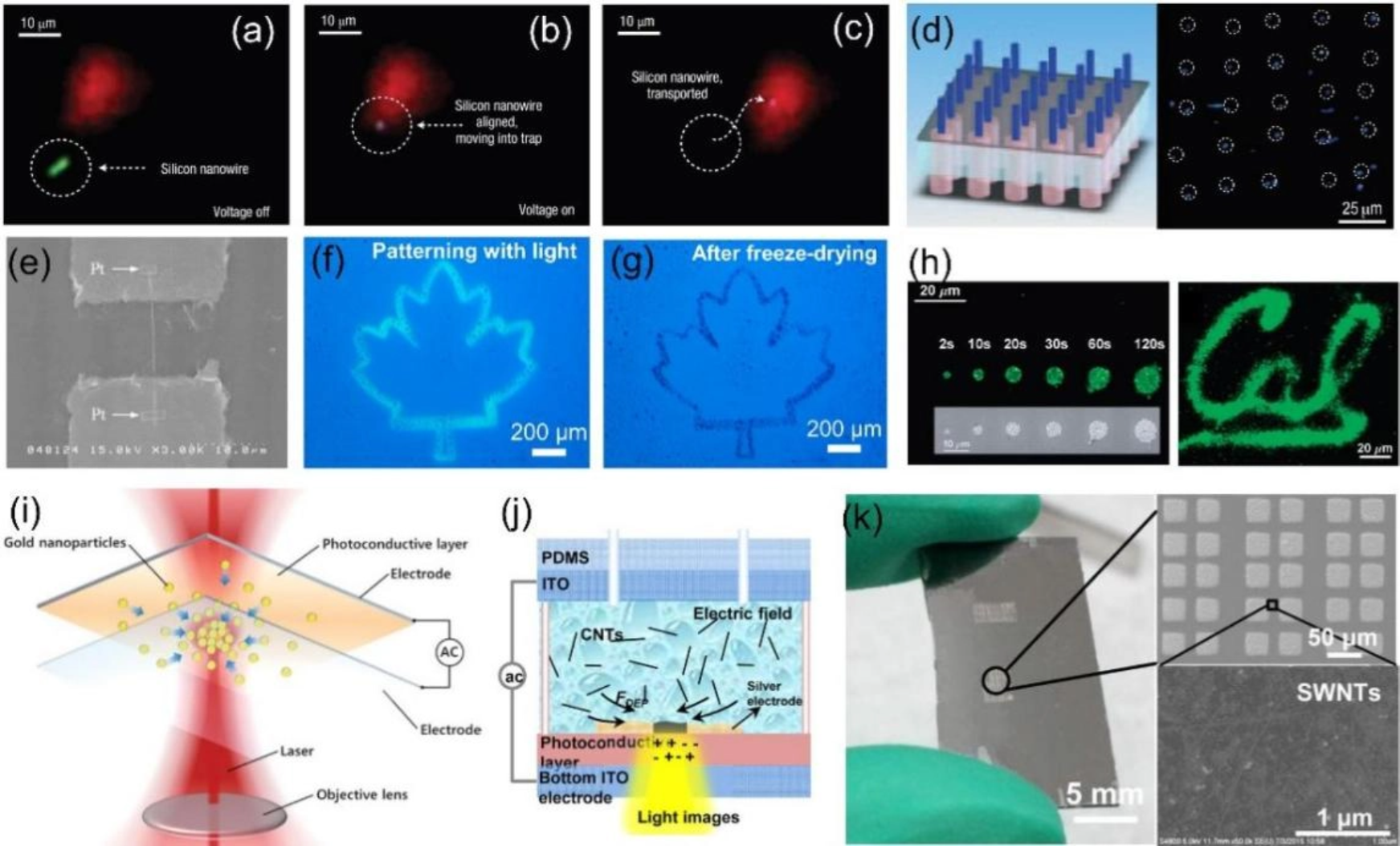
Nanoscale Manipulation and Assembly via OET
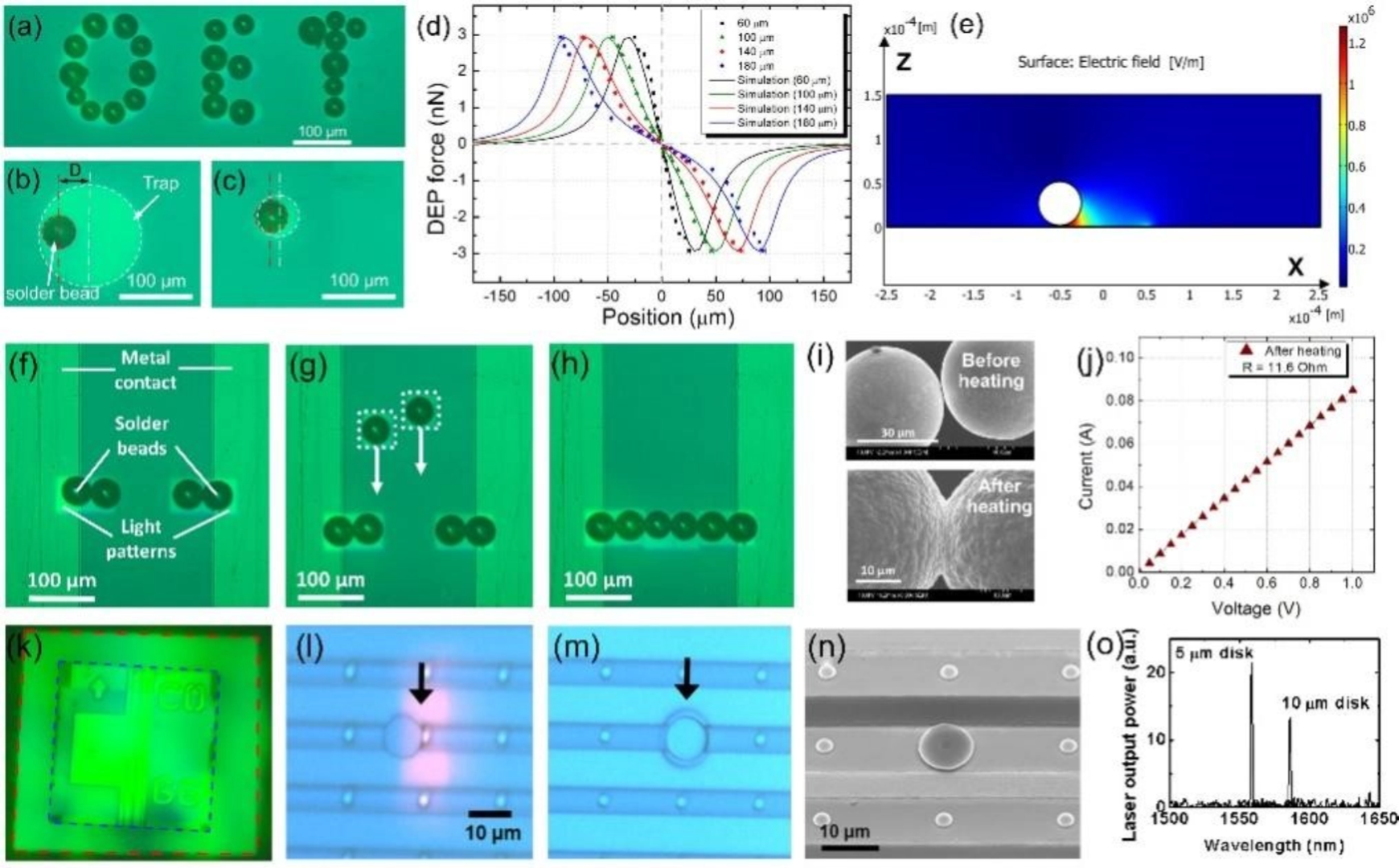
Electronic/Optoelectronic Component Assembly Using OET

Cell Manipulation and Isolation with OET Technology
Figure source:Optoelectronic tweezers: a versatile toolbox fornano-/micro-manipulation.《Chemical Society Reviews》
III. Acoustic Tweezers
Principle: Uses ultrasound pressure waves to trap particles via localized acoustic radiation forces.
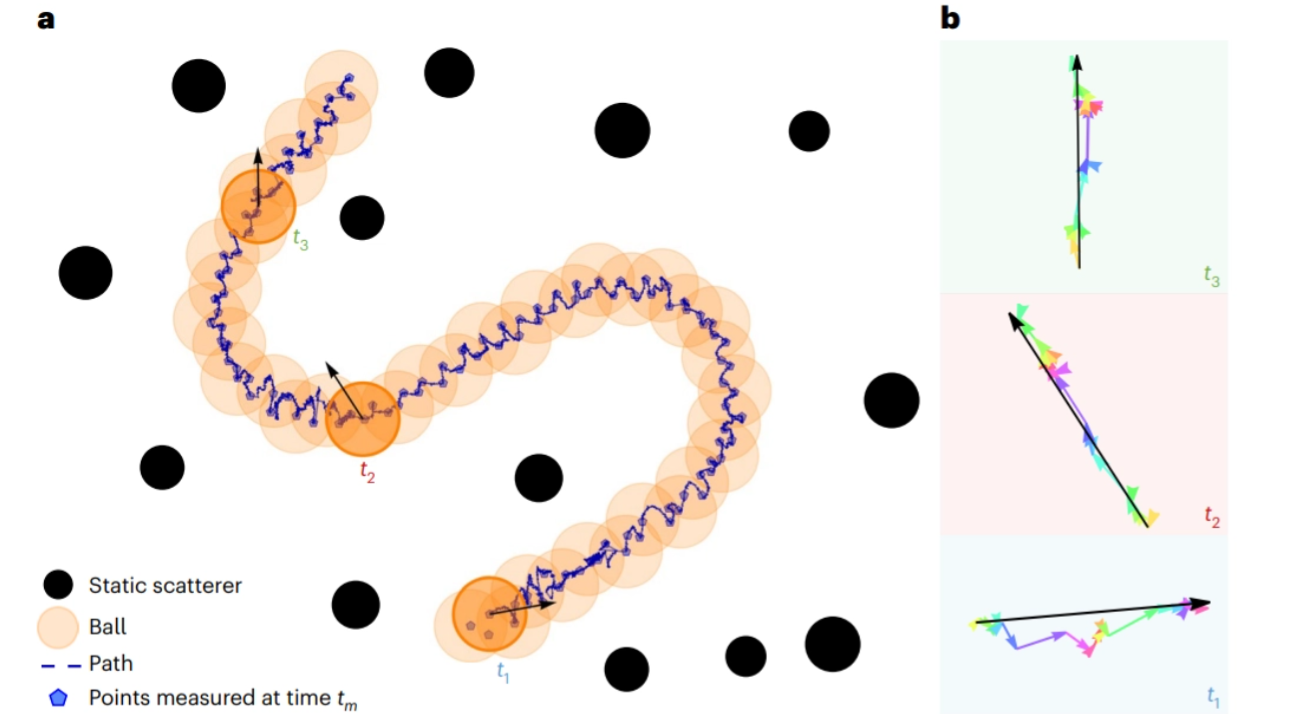
Object Manipulation via Acoustic Wave-Momentum Shaping in Complex Scattering Media
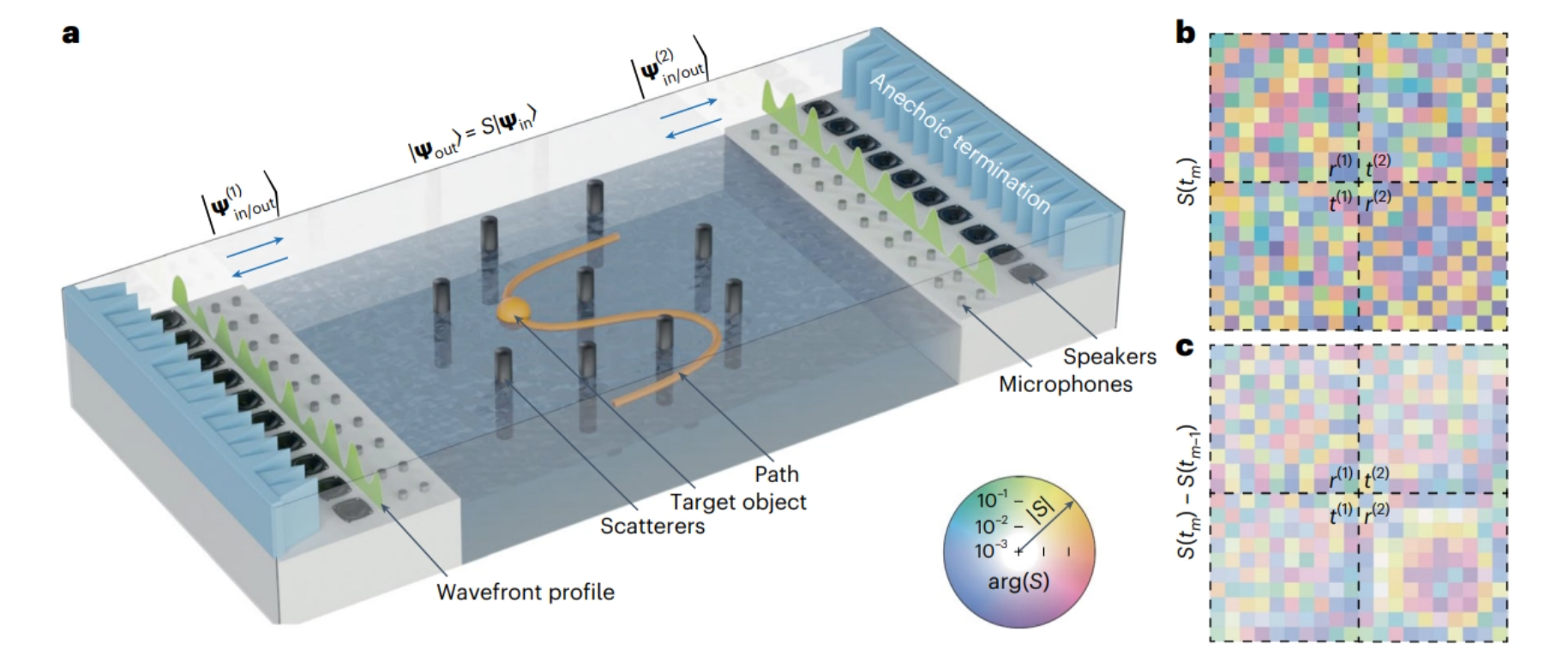
Experimental Demonstration in Static Scattering Media
Figure source:Wave-momentumshaping for moving objects inheterogeneousand dynamic media.
| Advantages | Limitations |
|---|---|
| Non-invasive (ideal for cells) | Lower single-particle precision |
| High-throughput manipulation | Specialized chips required |
Applications: Tissue engineering, drug delivery, cell sorting.
IV. Magnetic Tweezers
Principle: Manipulates magnetic particles via controlled electromagnetic fields.

Magnetic Tweezer System Schematic
| Advantages | Limitations |
|---|---|
| High force (heavy particles) | Material-specific (magnetic) |
| In vivo compatibility | Complex control systems |
| Tunable precision |
Applications: Single-molecule biophysics, nanomaterial assembly.
Conclusion
Each tweezer technology offers unique capabilities for micromanipulation. As these tools evolve, they empower breakthroughs from fundamental research to industrial applications—unlocking deeper exploration of the microscopic universe.




